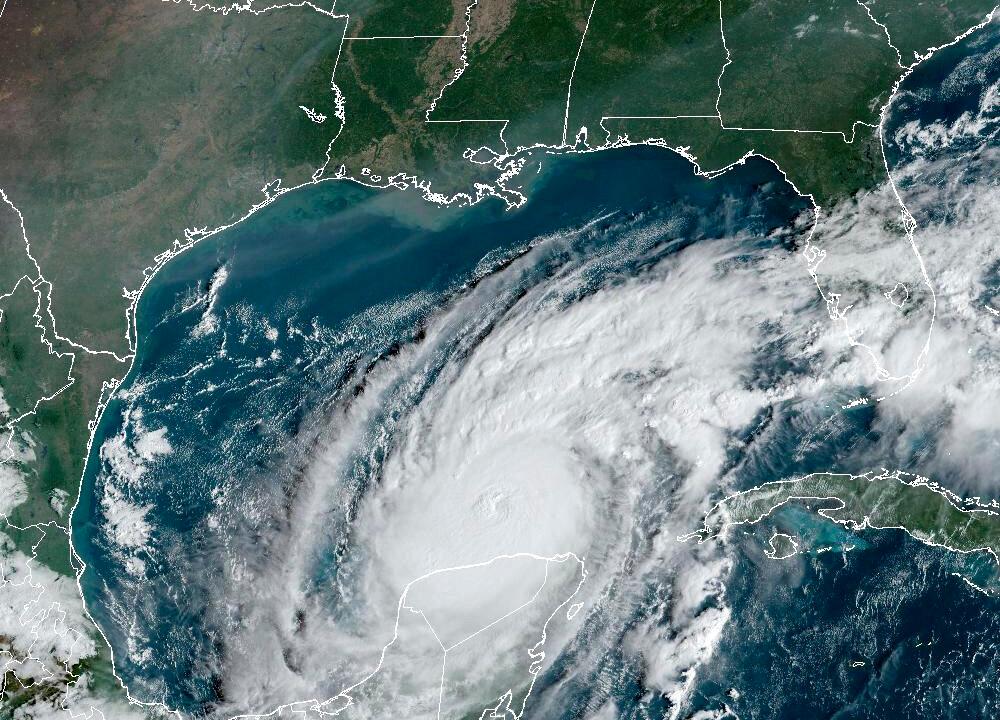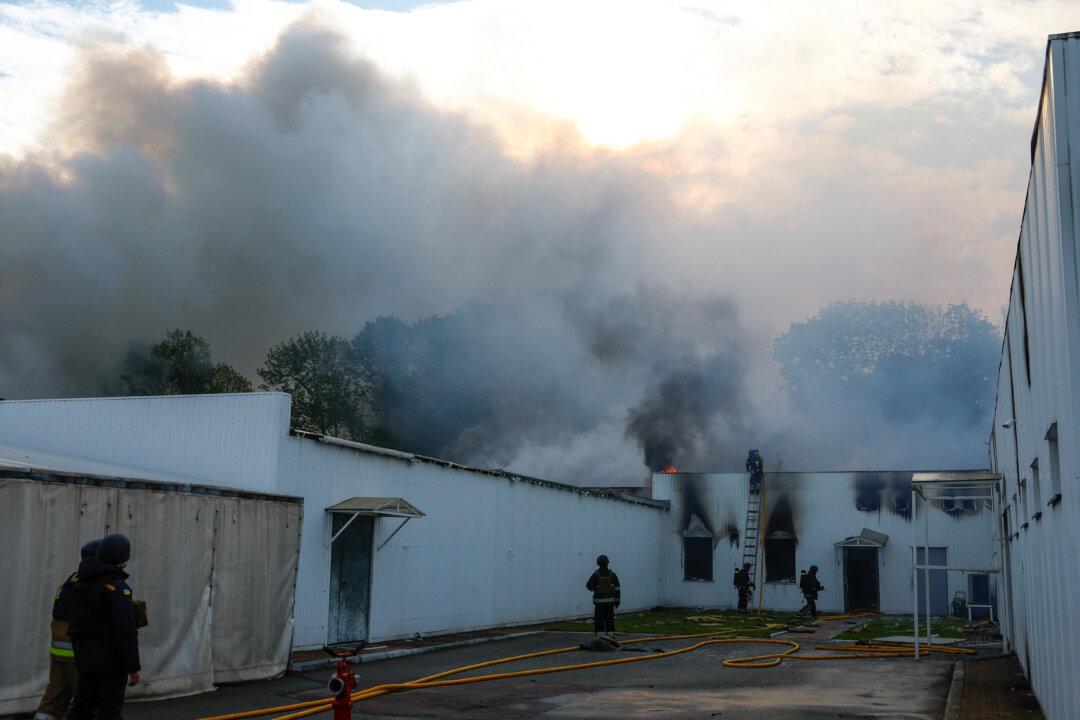This year’s hurricane season is forecast to have “above-normal” storm activity, the National Oceanic and Atmospheric Administration (NOAA) said on May 22.
NOAA is forecasting 13 to 19 named storms, or tropical cyclones with winds of at least 39 miles per hour. Storms with that wind speed are “tropical storms,” and once their winds reach 74 miles per hour, they are classified as hurricanes.
During a press conference on the morning of May 22, Ken Graham, director of NOAA’s National Weather Service, said the agency is forecasting that six to 10 of the named storms will reach hurricane strength. Three to five storms could become major hurricanes, which means that they are rated Category 3 or higher, with wind speeds of at least 111 miles per hour.
Graham said NOAA’s average for the North Atlantic is seven hurricanes per year, with three reaching Category 3 or above.
Graham said every Category 5 hurricane—with winds of at least 157 miles per hour—that has hit the United States was at tropical storm strength or weaker three days before landfall.
“You got to have the plan early, because the big ones are really quick,” he said.
The May 22 press conference was held in New Orleans in remembrance of Hurricane Katrina, which slammed into the city in 2005 with massive storm surge and devastating winds.
Graham said the NOAA aims to improve forecasting for rip currents because they claim more lives during tropical cyclones than storm surge.
Why does the agency expect an “above-normal” season this year?
Surface sea temperatures are warmer than average, and they are the “No. 1 contributor to the whole thing,” Graham said.
The NOAA is also forecasting low wind shear, which weakens hurricanes. There’s also the potential for higher activity from the West African Monsoon, which generates many Atlantic hurricanes that may later reach the United States and neighboring countries.
That led to worries among some lawmakers that the agency would have fewer resources and boots on the ground to predict storms for vulnerable communities this year.
On May 22, NOAA Director of Communications Kim Doster said that the “hurricane center is fully staffed up and we’re ready to go.”
“Weather prediction, forecasting, [and] modeling is a top priority of ours,” Doster said.
She noted that the NOAA’s Hurricane Forecast Analysis System has been upgraded and is “outperforming the other hurricane models we’ve got.”
Regardless of the improved forecasting models, Graham warned those in hurricane-prone areas to continue updating their forecasts whenever a storm is approaching.
“Make sure you get the latest forecast, please. It changes, and social science tells us that people latch onto that first forecast. It’s called anchoring. So we’ve got to remind people, ‘Keep updating your forecast, keep looking for the latest information,’” he said.







